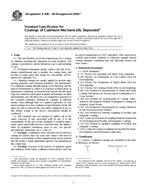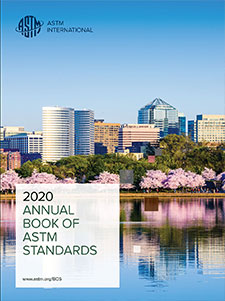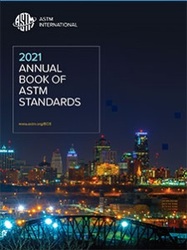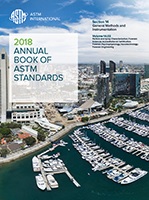Description
1.1 This specification covers the requirements for a coating of cadmium mechanically deposited on metal products. The coating is provided in various thicknesses up to and including 12 m.
1.2 Mechanical deposition greatly reduces the risk of hydrogen embrittlement and is suitable for coating bores and recesses in many parts that cannot be conveniently electroplated (see ).
1.3 Cadmium coatings are usually applied to provide engineering properties and corrosion resistance. The performance of a cadmium coating depends largely on its thickness and the kind of environment to which it is exposed. Without proof of satisfactory correlation, accelerated tests such as the salt spray (fog) test cannot be relied upon to predict performance in other environments, nor will these serve as comparative measures of the corrosion resistance afforded by coatings of different metals. Thus, although there is a marked superiority of cadmium coatings over zinc coatings of equal thickness in the salt spray test, this is often not the case under conditions of use, so that further testing in the service environment should be conducted.
This standard does not purport to address all of the safety concerns, if any, associated with its use. It is the responsibility of the user of this standard to establish appropriate safety and health practices and determine the applicability of regulatory limitations prior to use.
1.4 Cadmium is toxic and must not be used in a coating for articles that can come into contact with food or beverages, or for dental or other equipment that can be inserted into the mouth. Consult appropriate agencies for regulations in this connection.
1.5 Because of the toxicity of cadmium vapors and cadmium oxide fumes, cadmium-coated articles must not be used at temperatures of 320°C and above. They must not be welded, spot-welded, soldered, or otherwise strongly heated without adequate ventilation that will efficiently remove all toxic fumes.
Product Details
- Published:
- 10/01/2004
- Number of Pages:
- 6
- File Size:
- 1 file , 58 KB
- Redline File Size:
- 2 files , 100 KB

 ASME Y14.8-2009 (R2014)
ASME Y14.8-2009 (R2014) 





